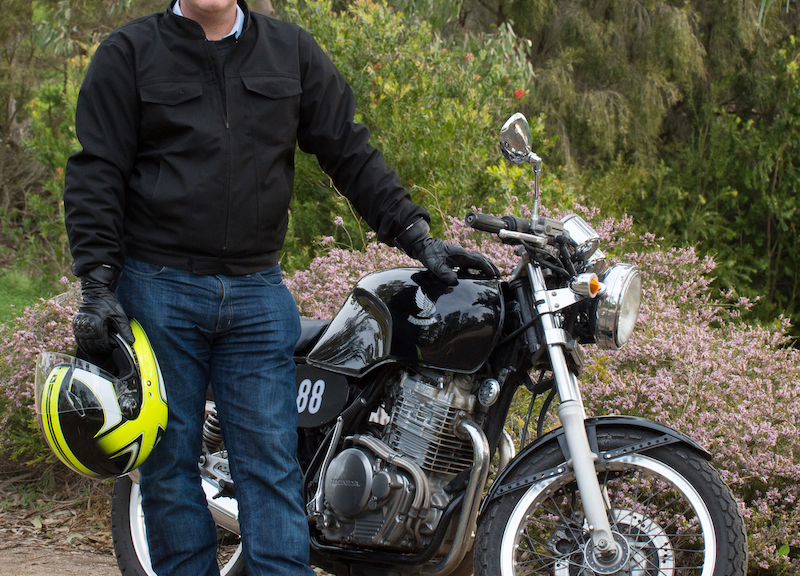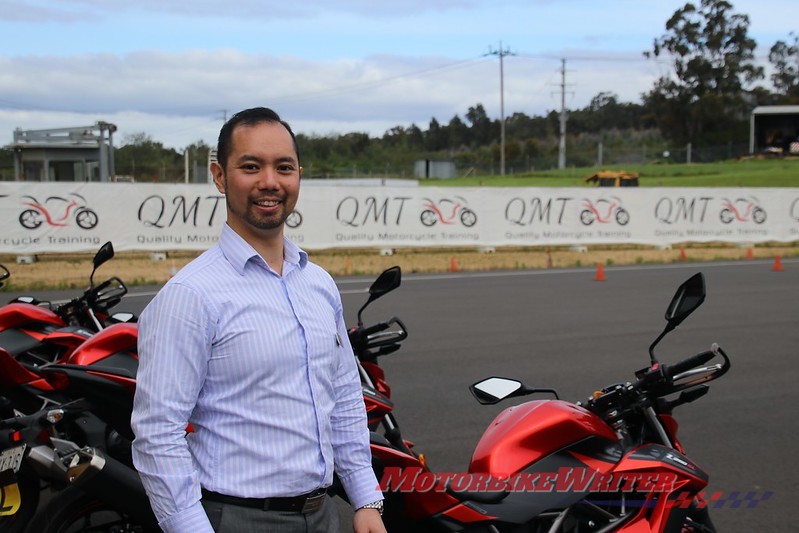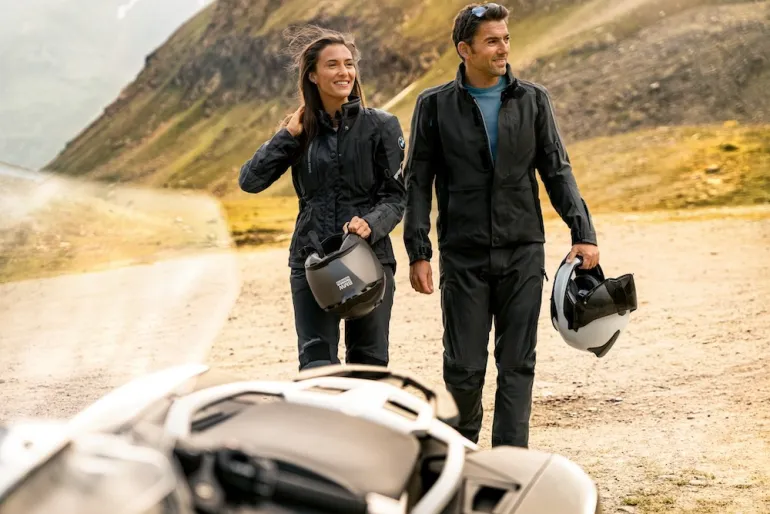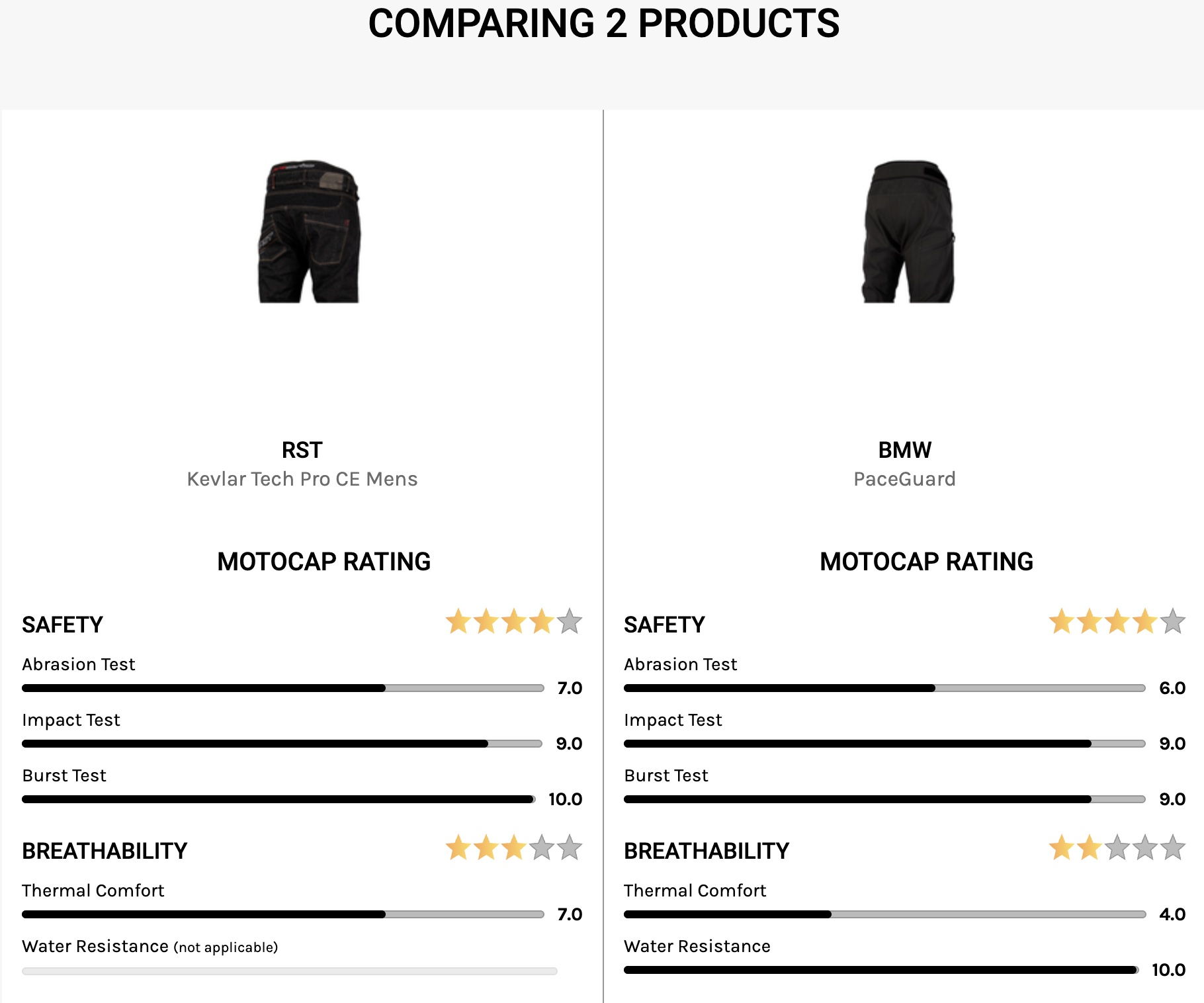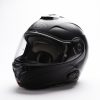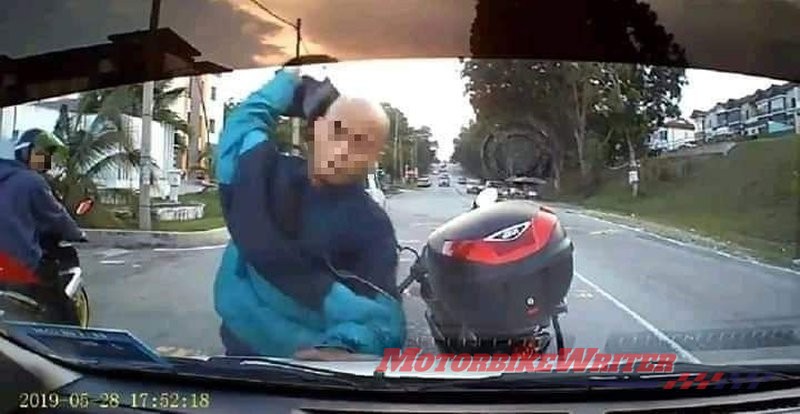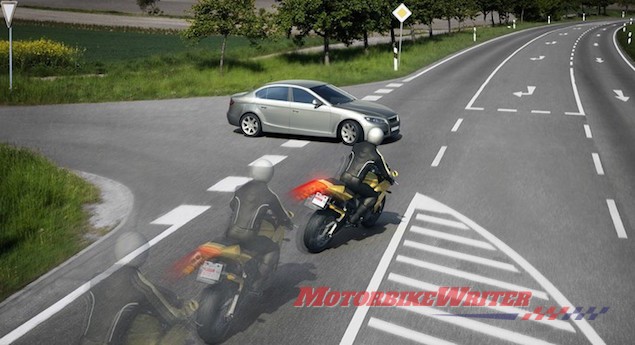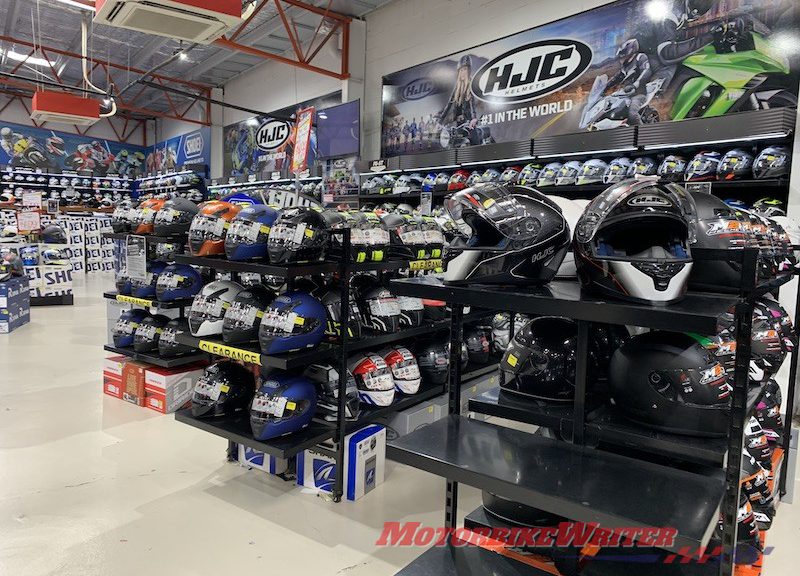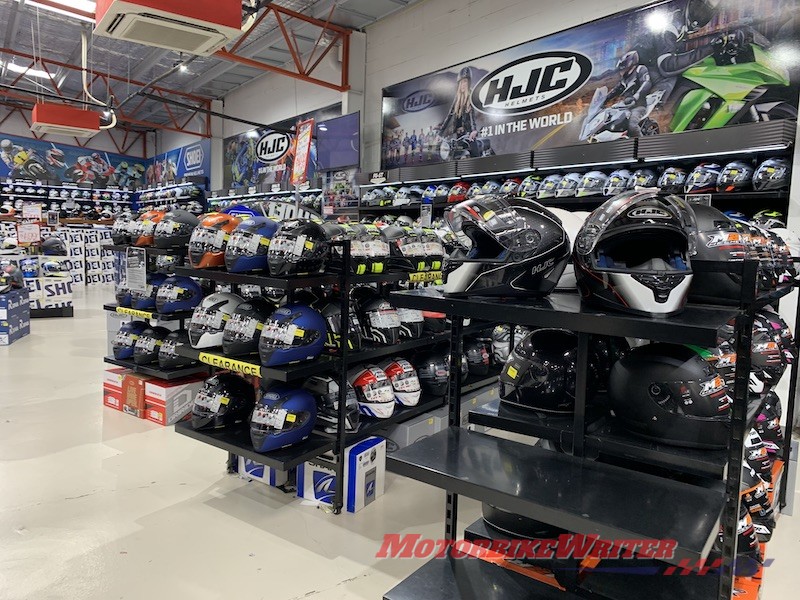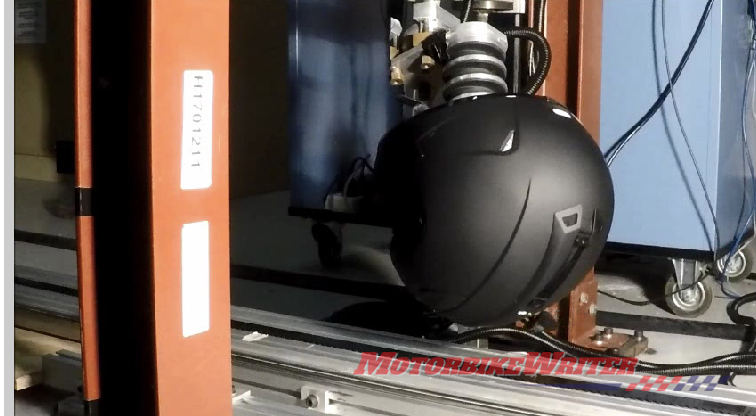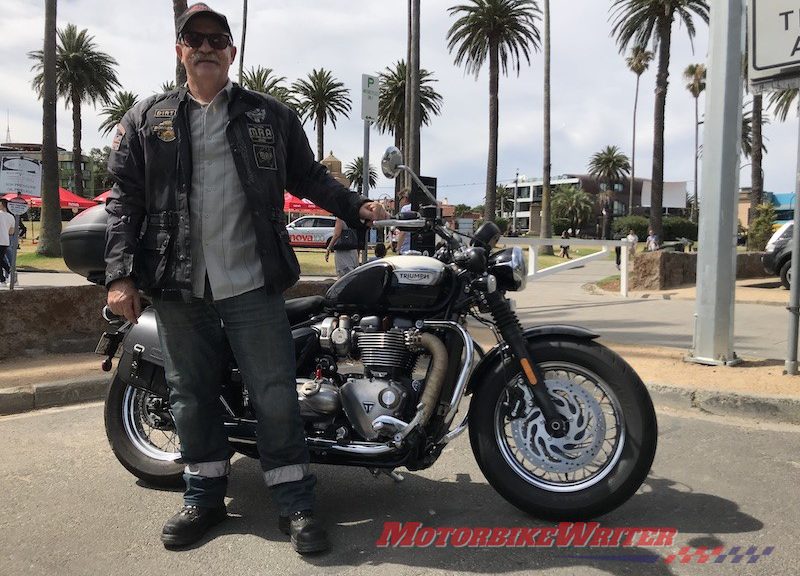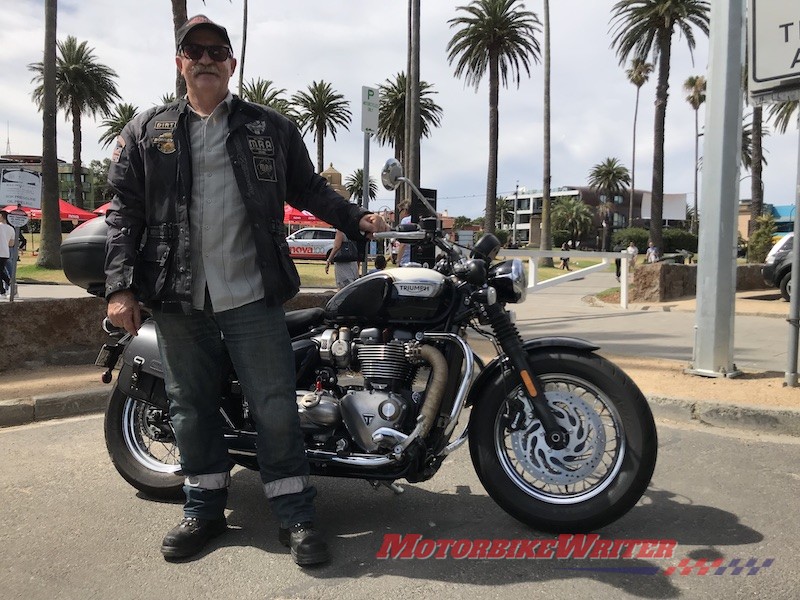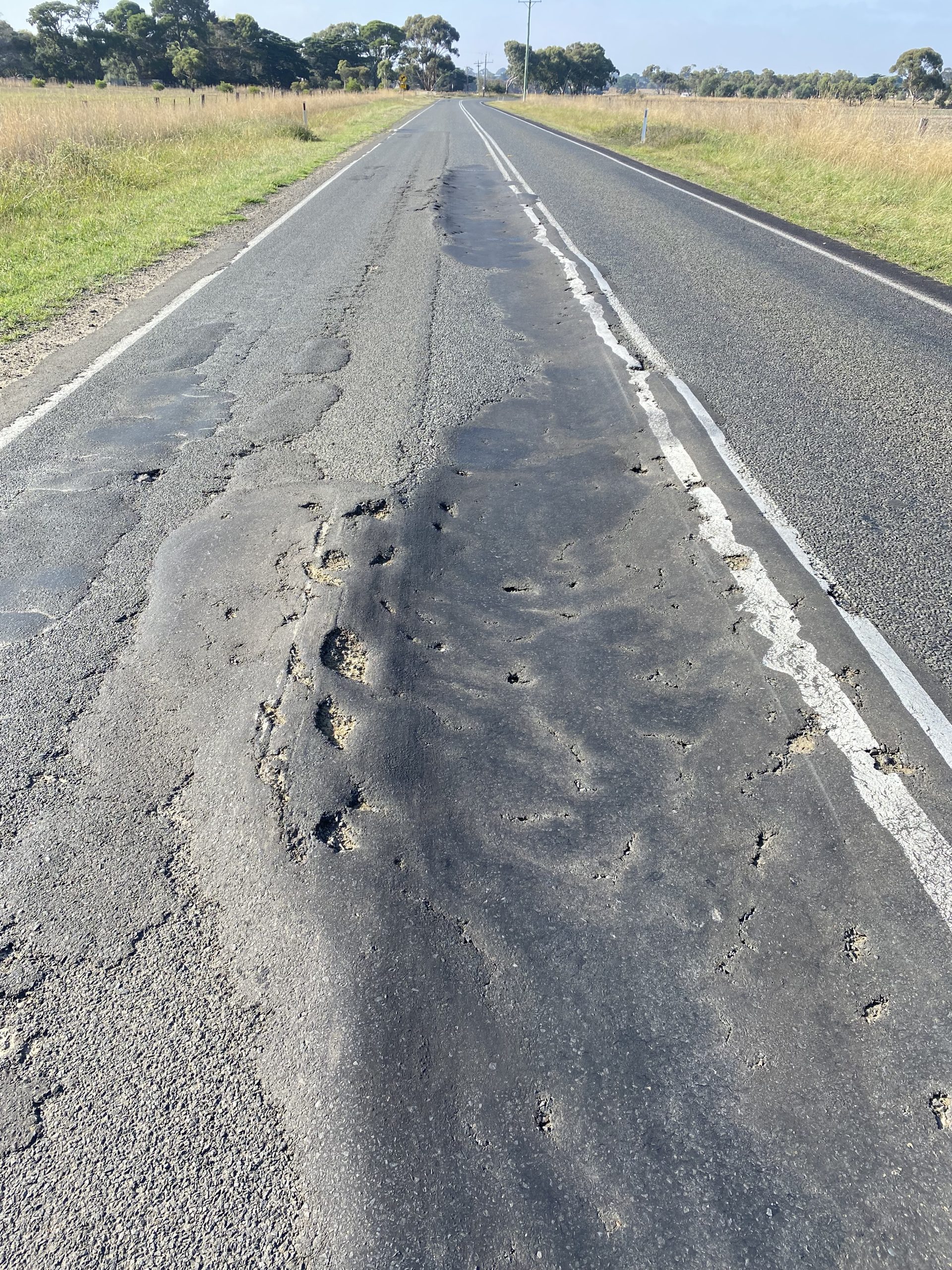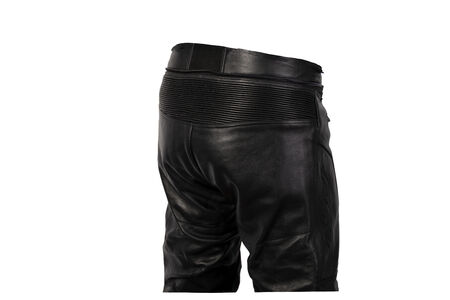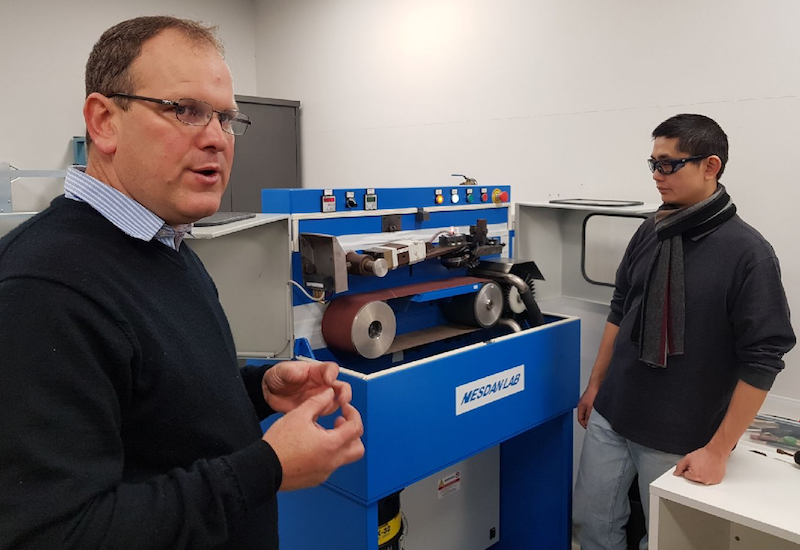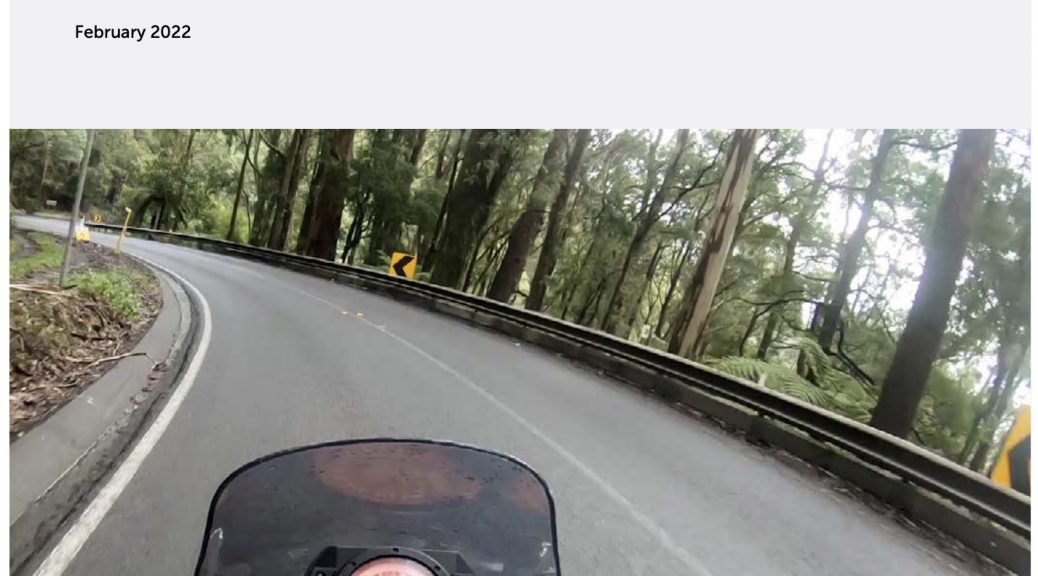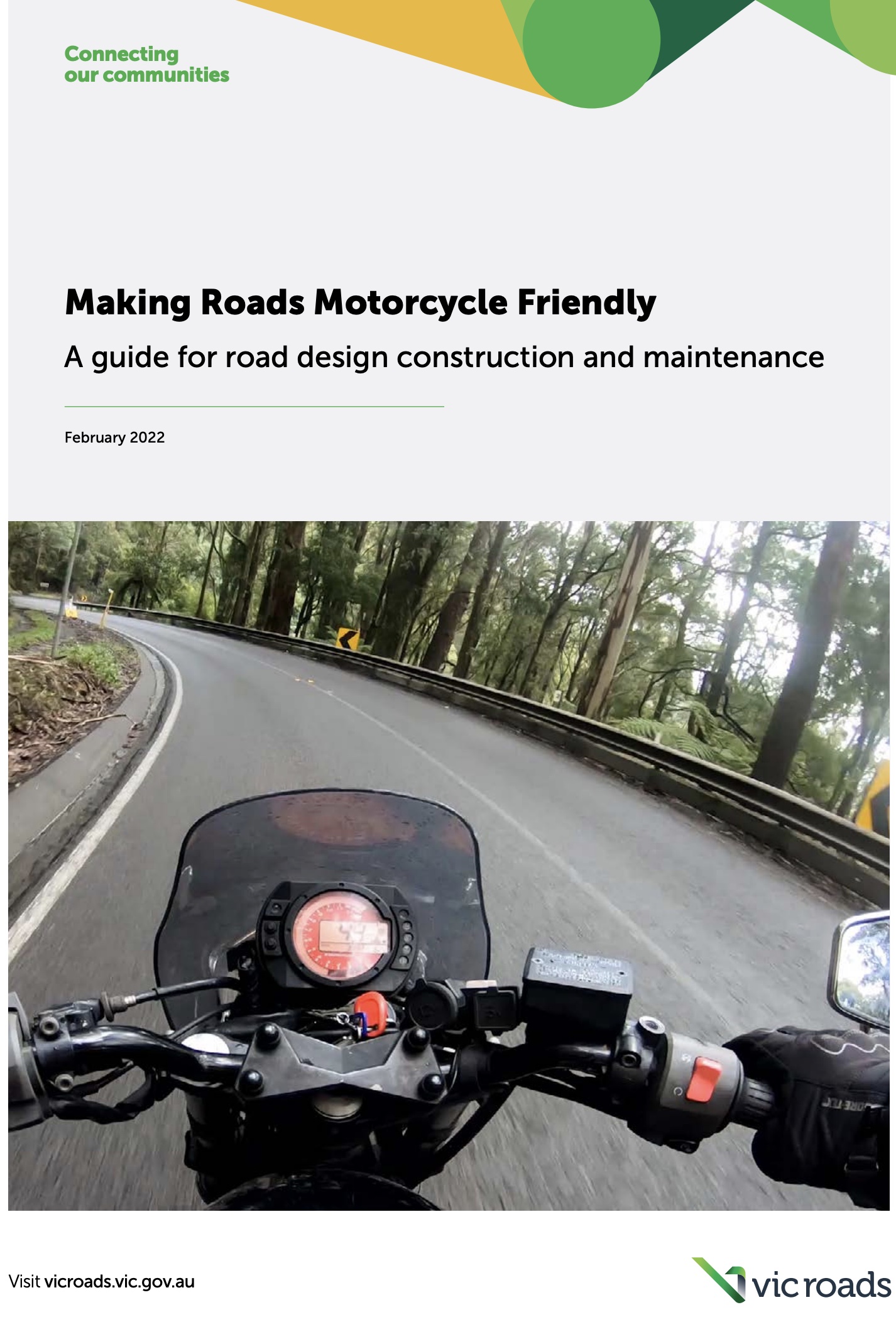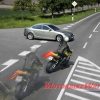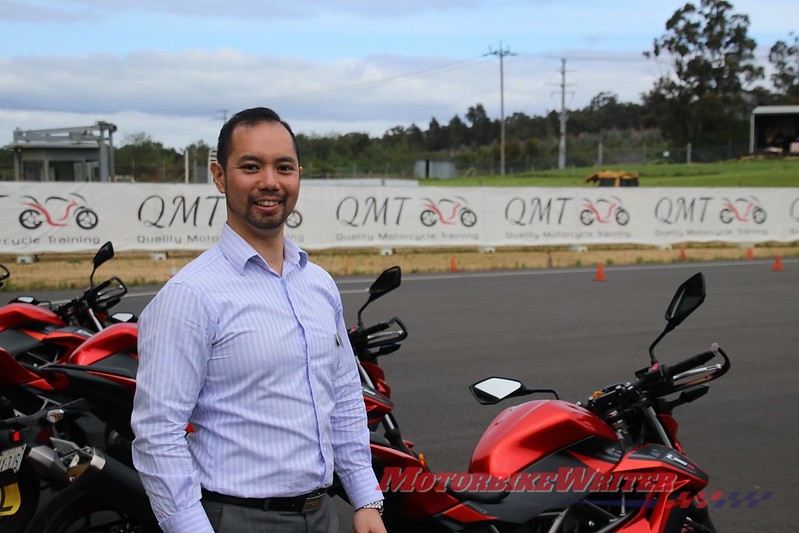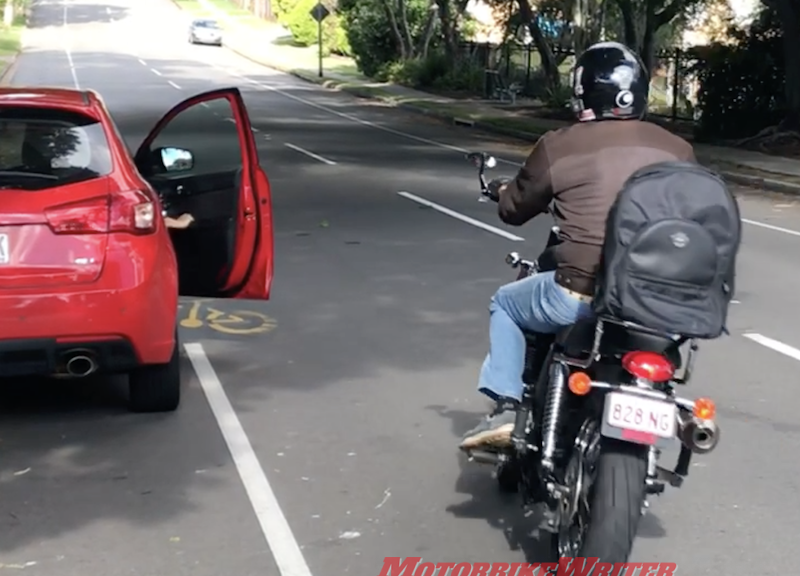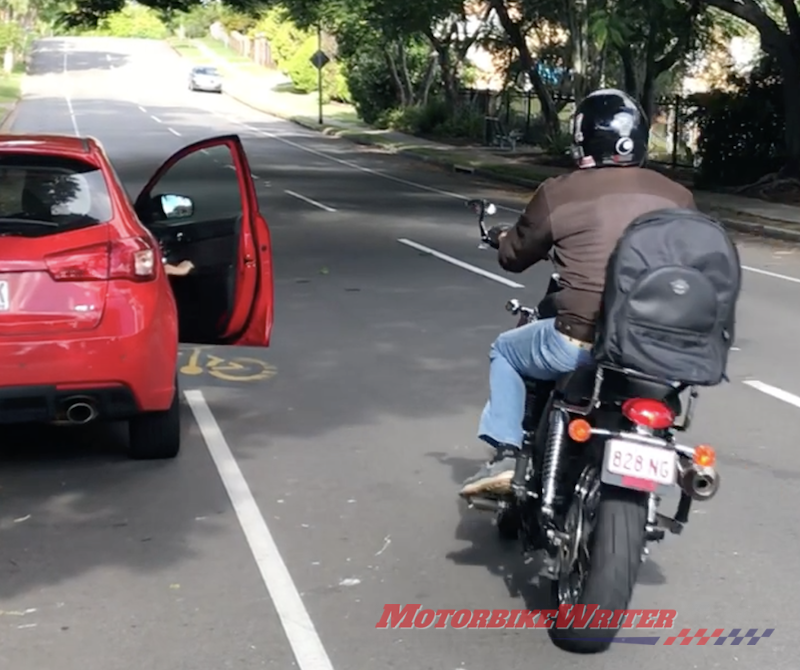Aussie riders could be shortchanged when buying protective riding gear that does not include the armour and should demand it be included free, according to a protective clothing expert.
I have noticed that several items I have received for review have been provided with the armour, but when I have checked the pricing I have found that armour is sometimes listed as an “optional extra”.
Deakin University researcher Dr Chris Hurren warns that the armour should be included if the item is CE certified.
The Senior Research Fellow (Fibre Science and Technology) at the Institute for Frontier Materials, GTP Research says recent changes in Europe to certification requirements for motorcycle protective clothing means there is a lot more CE Certified gear hanging in Australian and New Zealand stores.
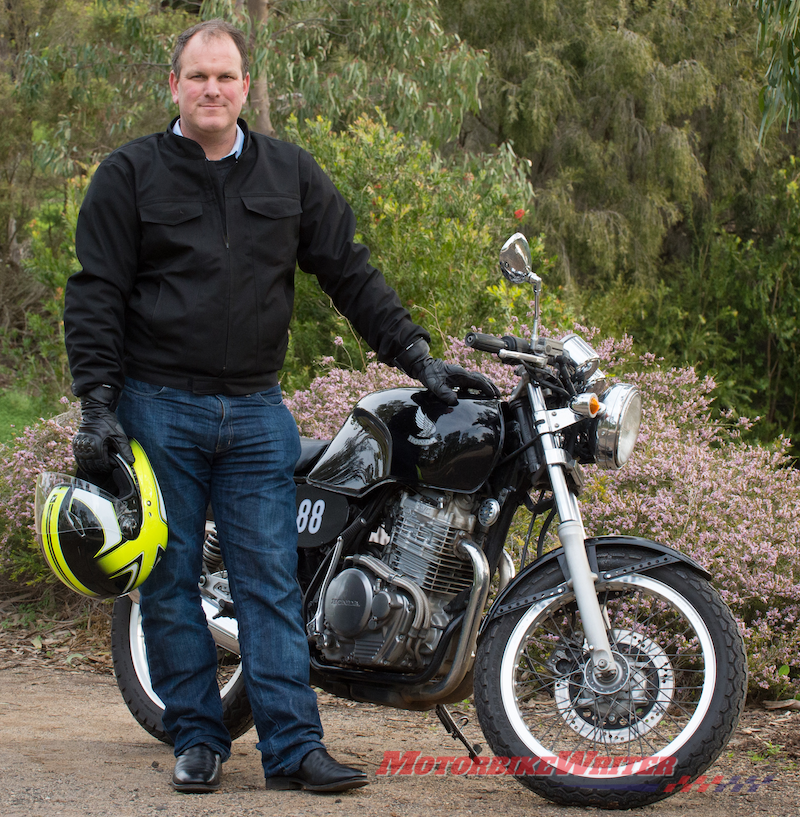
“One of the benefits of CE certification is that most gear must include impact protectors. This means that riders get the protectors without having to shell out additional cash,” he says.
However, it appears that some manufacturers are not including armour in the listed price.
To meet the CE “AAA” and “AA” certifications, jackets must be fitted with shoulder and elbow impact protectors.
Pants require hip and knee impact protectors. For “A” level certification the jackets must be fitted with shoulder and elbow impact protectors. Pants only require knee impact protectors.
However, Dr Hurren has found during visits to motorcycle stores in Australia and New Zealand that some products from multiple manufacturers are missing impact protectors.
“These are garments that carry CE certification labels but are missing some or all of the impact protectors that they should be fitted with. This is mostly been noticed in pants,” he says.
“As a rider it is important to know that without the appropriate impact protectors the garment no longer meets the CE certification and is less safe to use.”
He urges customers to ask the store to include the impact protectors in the price.
“Point out that they do not meet Australian Consumer Law if they are sold without the impact protectors fitted,” he says.
“If they do not offer to do this then swap to another product or brand that does have the impact protectors fitted.
“I hope that the omission of impact protectors is accidental.
“If enough riders asking about this manufacturers will get the message and in the future make sure that impact protectors are fitted appropriately.”
Source: MotorbikeWriter.com

